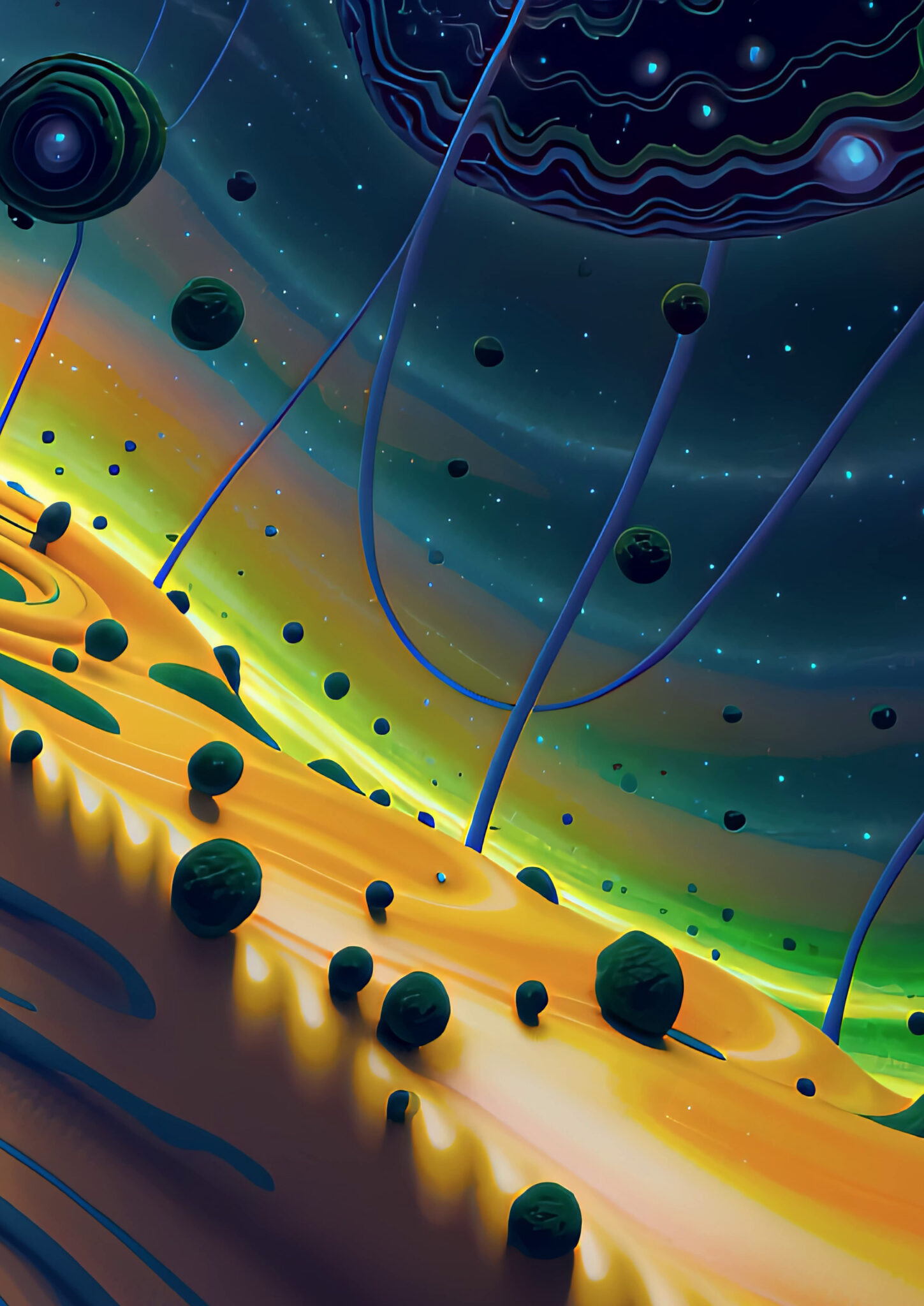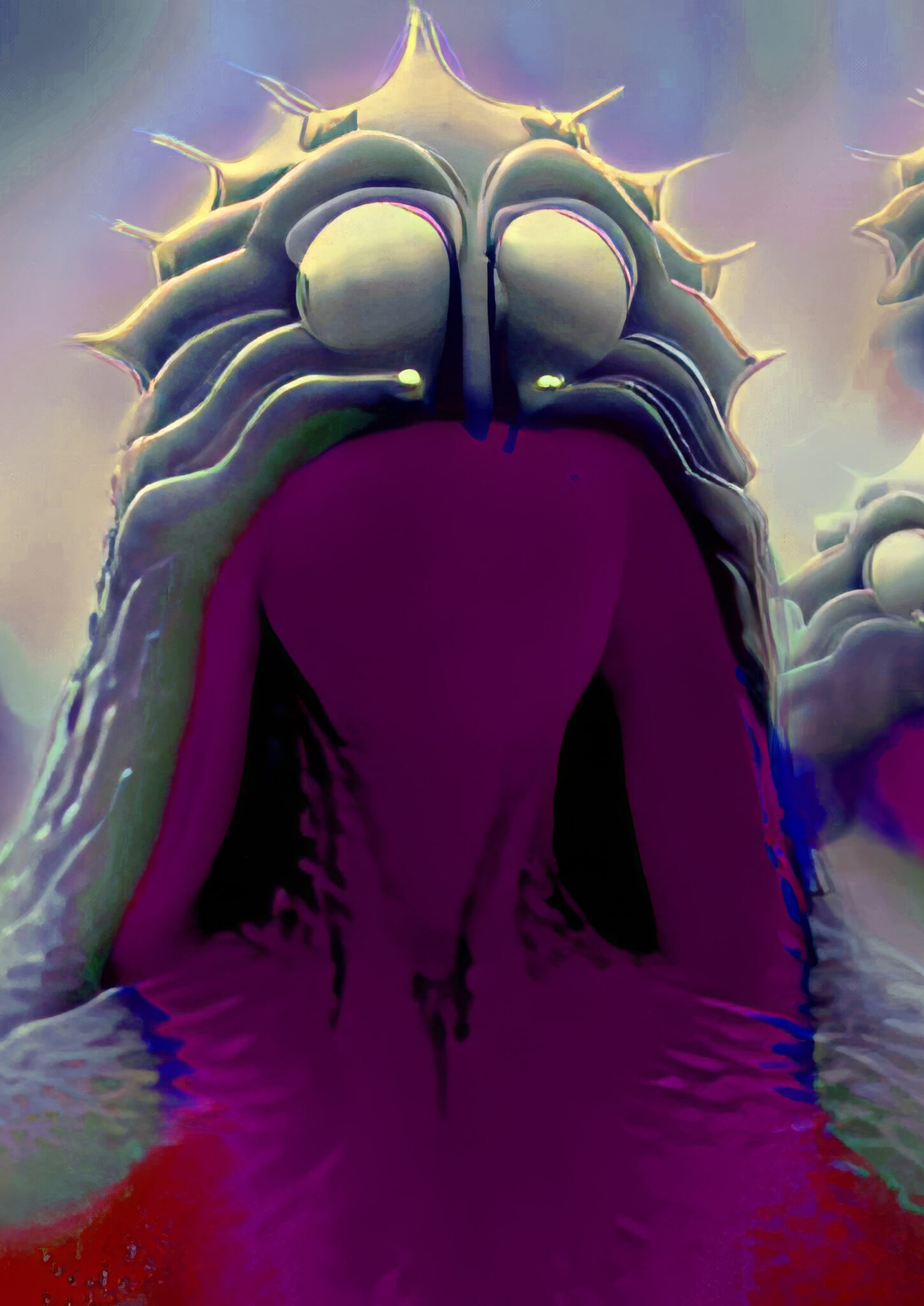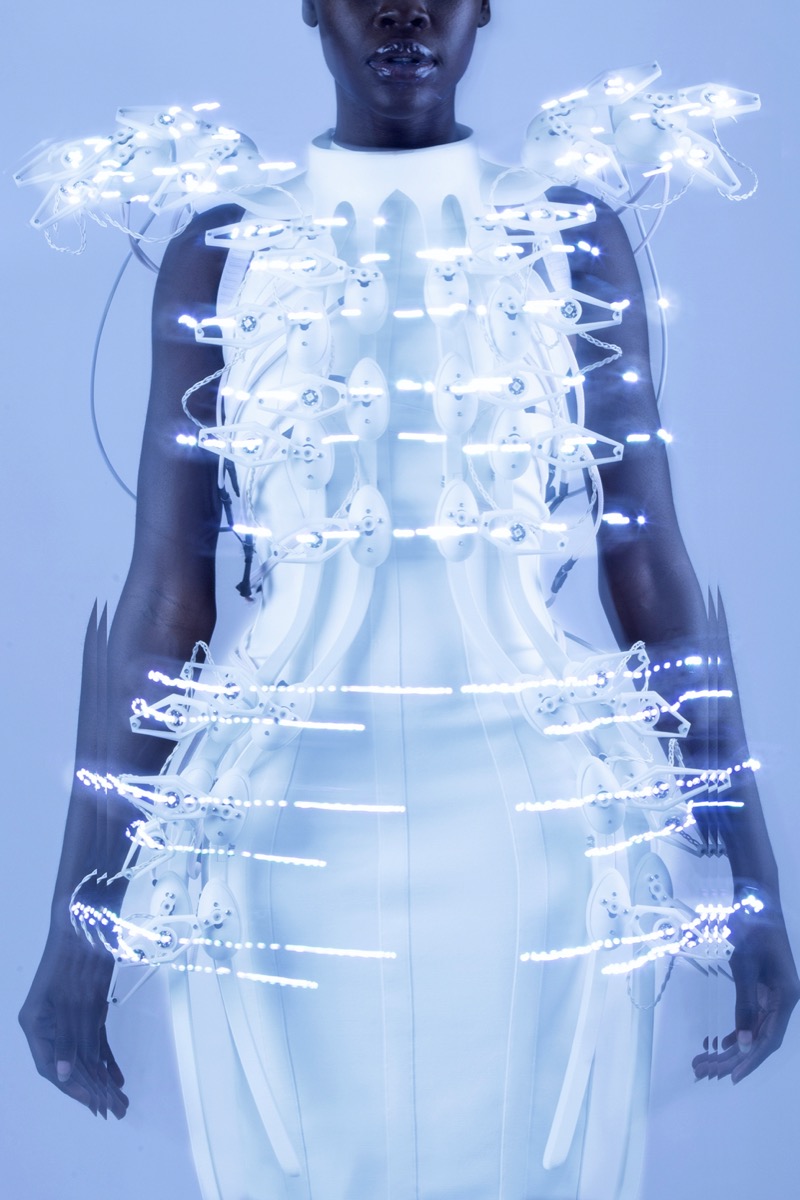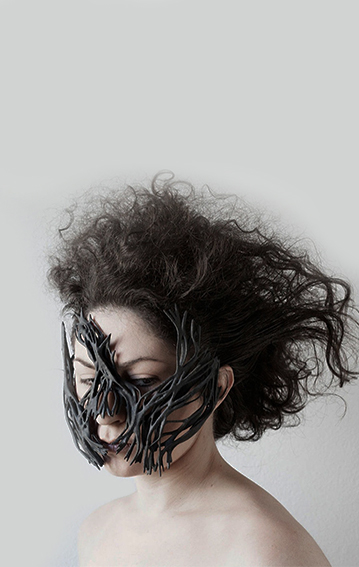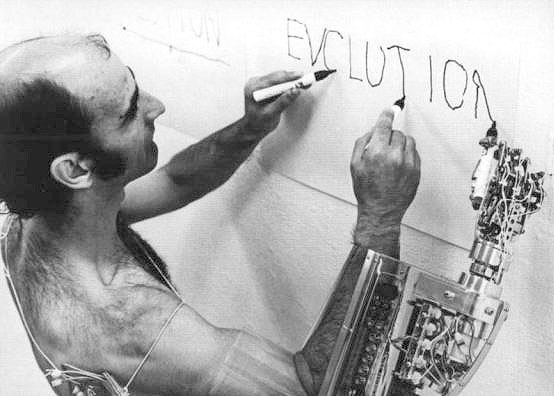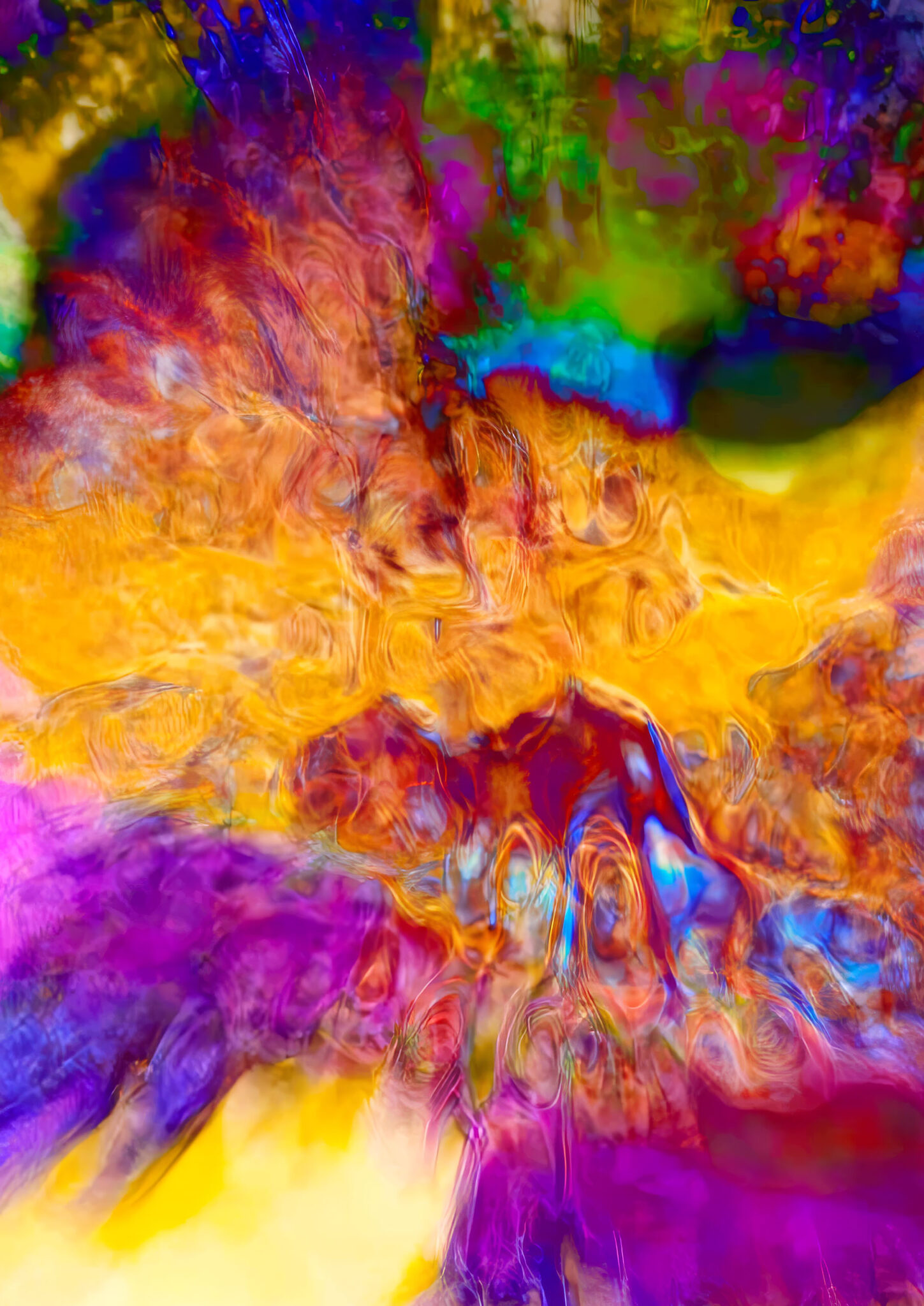
QUBIT AI: Michael Sadowski (aka derealizer)
Stealth Technology of Ancient, Cosmic Pantheons
FILE 2024 | Aesthetic Synthetics
International Electronic Language Festival
Michael Sadowski (aka derealizer) – Stealth Technology of Ancient, Cosmic Pantheons – Austria
An abstract painting in motion, with colors and shapes exploding and transforming to the rhythm of the music. The dynamic element is not trapped in a static image, but can unfold in time and space.
Bio
Using Stable Diffusion, a visual synthesizer, the artist turns fantasies into videos using just a PC, similar to the invention of printing 600 years ago. Exploring the interplay between software algorithms that create visual worlds and the artist’s mind guiding this process is incredibly exciting. Unlike traditional cinema, there is no ‘reality’ or humans involved, making it a satisfying medium for creating visual art.
Credits
Visuals: Michael Sadowski
Music: Stealth Technology of Ancient, Cosmic Pantheons by The Intangible
